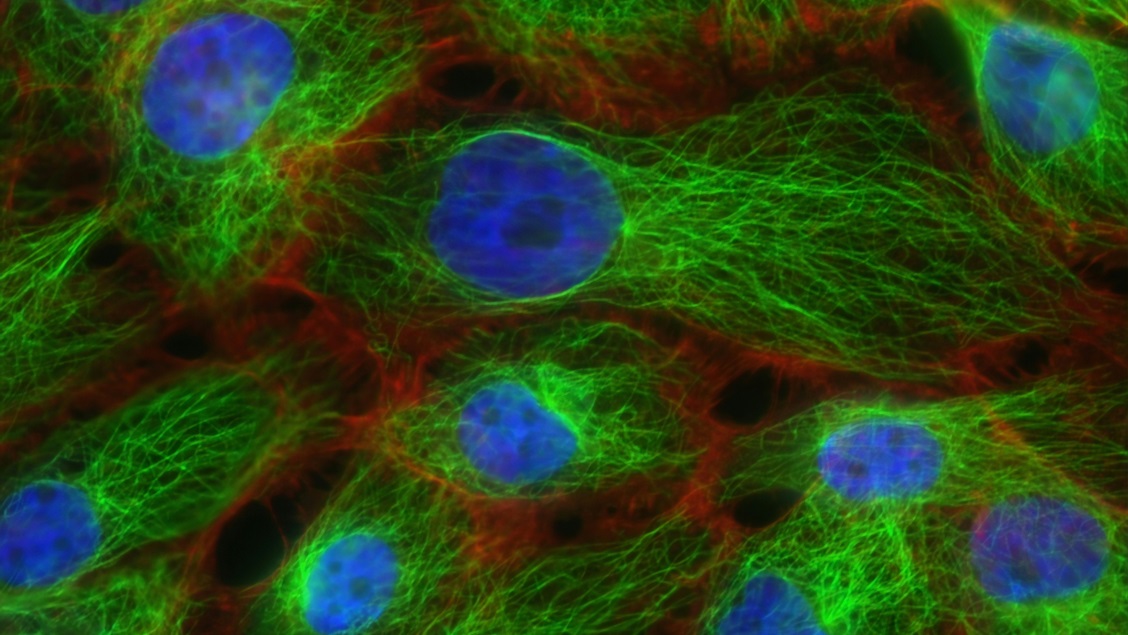
MiRNA-250 and MED-1 May Mediate Tamoxifen Resistance in Breast Cancer Patients
In a study published in the Open Access journal Cancers, researchers from the University of Cincinnati (UC) College of Medicine found that low levels of the micro RNA (miRNA) molecule called miR-205 mediates resistance to tamoxifen—a key drug that blocks estrogen receptors (ER) in breast cancer patients. They found that miR-205 mediates this resistance by regulating MED-1, a co-activator of ERs.
In the study, researchers set out to decipher how the estrogen co-receptor MED-1 is expressed at high levels in breast cancer patients who are resistant to tamoxifen. They then found that low levels of miR-205 are associated with high levels of MED-1 in patients resistant to treatment.
With this research, we mainly tried to understand why MED1 is expressing so high in these treatment-resistant breast cancers – Xiaoting Zhang, professor in the Department of Cancer Biology at UC’s College of Medicine.
Therefore, this link between MED-1 and miR-205 was studied more closely to determine how they affect tamoxifen resistance.
The role of estrogen, MED-1 and tamoxifen in breast cancer
Estrogen has been shown to play a significant role in the onset of breast cancer, which expresses estrogen receptor-α (ER-α), increasing tumor growth for tumours that have estrogen receptors (ER). This type of breast cancer is termed ER+ breast cancer. Patients with ER+ breast cancer require treatment to block the receptors to prevent estrogen from binding to the cells and stimulating the growth of the tumour.
As mentioned earlier, tamoxifen is a type of drug that blocks these estrogen receptors and prevents estrogen from exerting its proliferative effects.
Mediator subunit 1, otherwise known as MED-1 on the other hand, is a type of co-activator protein that mediates the activity of the estrogen receptor. Previous data shows that around 40–60% of patients with breast cancer have high levels of MED-1, which contributes to tumor growth and metastasis. In the present study, they found that this overexpression was associated with a low level of miR-205, and that restoring miR-205 levels enhances tamoxifen sensitivity in resistant cancer cells.
The role of MicroRNAs in breast cancer
Micro-RNAs (miRNA) are non-coding proteins that are involved in the regulation of gene expression by binding to mRNA. Previous studies show that disruptions in specific miRNAs have been associated with different types of cancers, suggesting their prominent role in regulating cellular proliferation or cell death. Their importance was noted by Zhang:
These noncoding RNAs, including microRNAs, are the future. Noncoding regions occupy approximately 90% of the human genome — and people used to think they are all junk — but now people realize that these noncoding RNAs transcribed actually play crucial roles such as regulating proteins’ expression and function.
How miR-205 regulates tamoxifen sensitivity
In the study, levels of MiR-205 were shown to be inversely correlated with the presence of MED-1. This means that low levels of mi-RNA result in high levels of MED-1, which is associated with patients being more resistant to tamoxifen, resulting in overall poorer survival.
The authors also showed that overexpression of miR-205 can re-sensitize tamoxifen-resistant breast cancer cells both in vitro and in an orthotopic xenograft mouse model. This was because miR-205 was involved in reducing the production of co-activator protein MED-1, which in turn reduces the activity of ERs present on the tumor.
These findings were summarised simply by Zhang:
So if MED1 is high, miR-205 is actually low. Essentially, this microRNA will block the production of MED1. Then we found they also correlate with treatment outcomes. So if you have low miR-205, now you have high MED1, and the cancer can actually be resistant to the treatment, and you have poor treatment outcomes.
These novel findings confirm the significant role of miRNAs in the context of cancer development, particularly breast cancer. In addition to the relation of miR-250 with MED-1, they found that miR-205 is also involved in regulating HER3 protein, another receptor protein involved in treatment resistance and cancer progression.
Similar to MED-1, this particular receptor has shown to be overexpressed in about 50–70% of breast cancer cases and is associated with poor prognosis and survival in patients. Importantly, HER3 has been found to indirectly mediate MED-1, further regulating the activation of estrogen receptors.
We not only have more MED1, but more active MED1, so it’s like a double regulation there with this miR-205 regulation of both MED1 and HER3.” – Dr. Zhang.
Taken together, these findings provide a foundation for further research on how miRNA-250 is able to reduce tamoxifen resistance in breast cancer patients via regulation of the MED-1 and HER3 receptor proteins.
Learn more about cancer research
Research on the molecular mechanisms of tumour cells is vital to provide effective treatment to those who are afflicted with cancer.
To learn more about novel research on oncology, access MDPI’s Open Access journals such as Cancers and Current Oncology, where all research is free to read immediately. For research on all other areas of science, access the full journal list.










